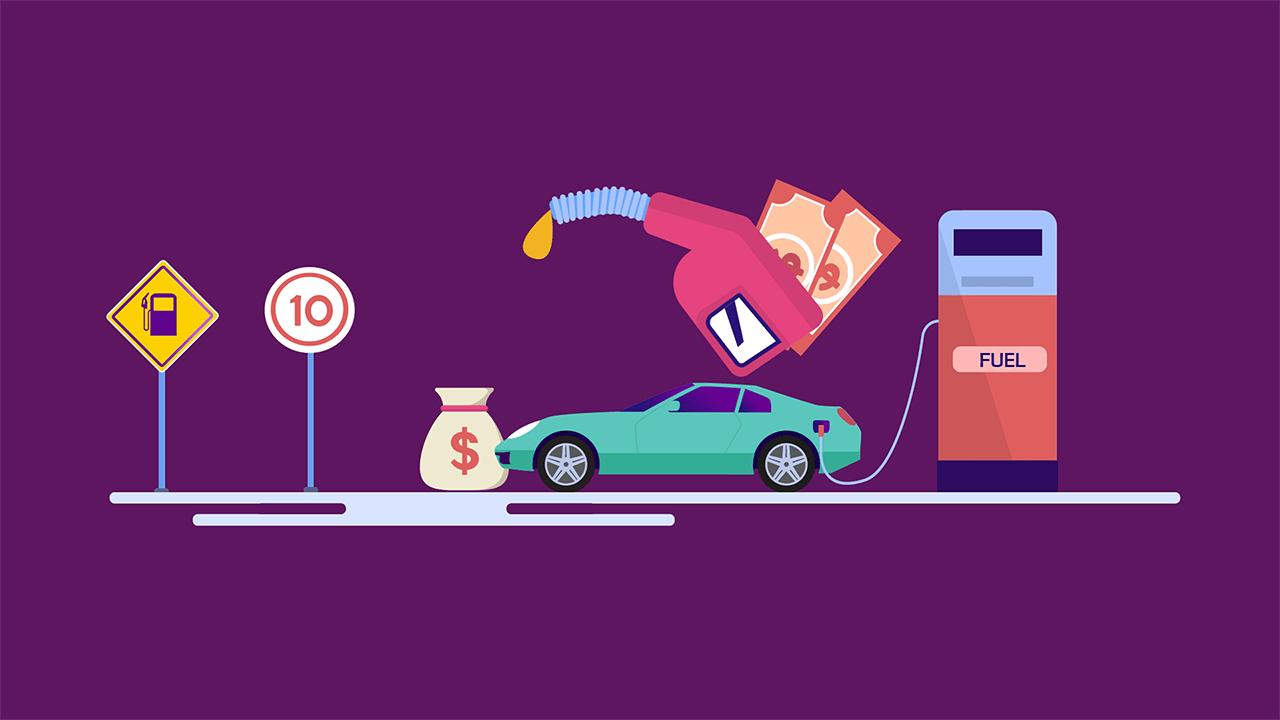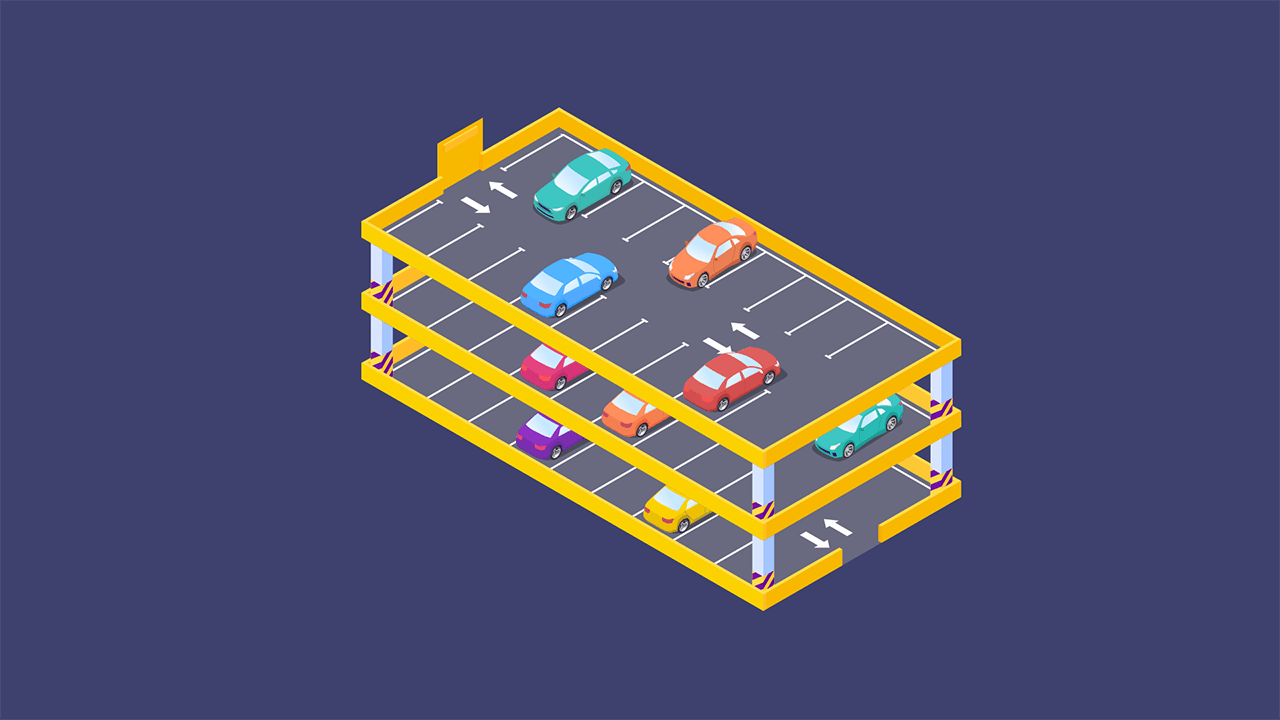Understand Trailer Towing: Essential Tips for Safe Driving
By Umm e Hani on Apr 03, 2024
Contents
Being able to tow a trailer is a valuable skill. It helps when moving, buying furniture, or carrying things like lawnmowers, ATVs, or boats. Attaching the trailer to your vehicle is just the start. There are other important things to think about before you start towing.
Follow These Tips To Safely Drive With A Towing Trailer
1. Check your vehicle’s manual for how much weight it can safely carry. Even regular sedans can handle up to 2,000 pounds, which might be surprising. Bigger vehicles like trucks and SUVs can handle even more weight, but be careful not to overload your car. Overloading can make it hard to control and increase the risk of accidents.
2. Don't underestimate the challenge of towing a trailer. Practice in your driveway and on quiet roads before tackling busy traffic with a trailer.
3. The size of the trailer affects how you need to drive. Small utility trailers are easy to handle, while towing a big boat or RV demands full attention and driving expertise.
4. Before you start driving, it's crucial to ensure the trailer safety and that it is correctly connected. Follow these steps to attach a trailer safely:
- Hitch Connection:Align your vehicle's hitch with the trailer's coupler. Lower the coupler onto the hitch ball and secure it by locking the latch or pin.
- Safety Chains:Cross the safety chains under the trailer's tongue, forming an "X" shape. Attach them to the hitch or vehicle frame, ensuring they have some slack but not dragging on the ground.
- Lights:Verify that the trailer lights are working correctly. They should include brake lights, turn signals, and taillights. Connect the trailer's wiring to your vehicle using the appropriate connector.
- License Plate:Ensure the trailer's license plate is visible and securely attached.
By following these steps, you'll have your trailer properly attached and ready for a safe journey on the road.
5. When towing a trailer for the first time, maintain a larger gap between your vehicle and the one in front. The added weight makes it harder to slow down or stop, so extra space is essential for safety.
6. Remember to take wide turns. Your vehicle is much longer now, so you need more space to avoid curbs, other cars, and staying on the road.
7. Reversing with a trailer takes practice. If you turn too sharply, the trailer may jackknife (turn sharply in one direction). Don't be surprised if you need to make multiple adjustments when reversing with a trailer, especially when you're just starting.
8. Drive at a slower pace when towing a trailer, especially in the right lane on highways. It takes more time to accelerate with a trailer, so go slightly below the speed limit for a safer journey.
9. Parking can be challenging, especially in small lots when towing a large trailer. If you manage to fit, ensure you have space to leave. Consider parking in quieter, less crowded areas for easier maneuvering.
That’s A Wrap!
Mastering trailer driving lets you transport various items and vehicles, crucial for outdoor enthusiasts, like campers or boaters. Set aside ample time for practice to improve your trailer driving skills and boost your confidence.
FAQ
How To Back A Trailer?
When reversing with a trailer, turn your steering wheel in the opposite direction you want the trailer to go. Use small adjustments and go slow to steer it accurately.
How To Drive With A Trailer?
Drive cautiously, keep a safe distance, and use your mirrors. Wider turns are essential, and practice helps build confidence.
How To Reverse A Trailer?
To reverse a trailer, turn your steering wheel in the opposite direction you want the trailer to go. Go slow, make small adjustments, and use your mirrors to guide you in the right direction. Practice helps improve your skills.
What Is The Speed Limit When Pulling A Trailer On The Freeway?
Speed limits while towing a trailer vary by location, but it's typically 55-65 mph in the US. Always adhere to posted speed limits and drive at a safe speed for your setup.


